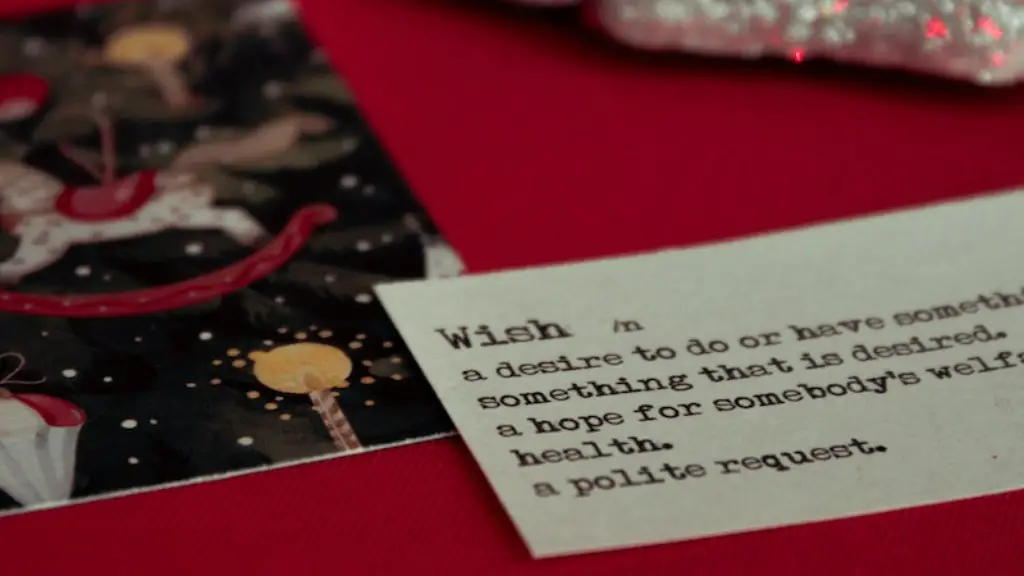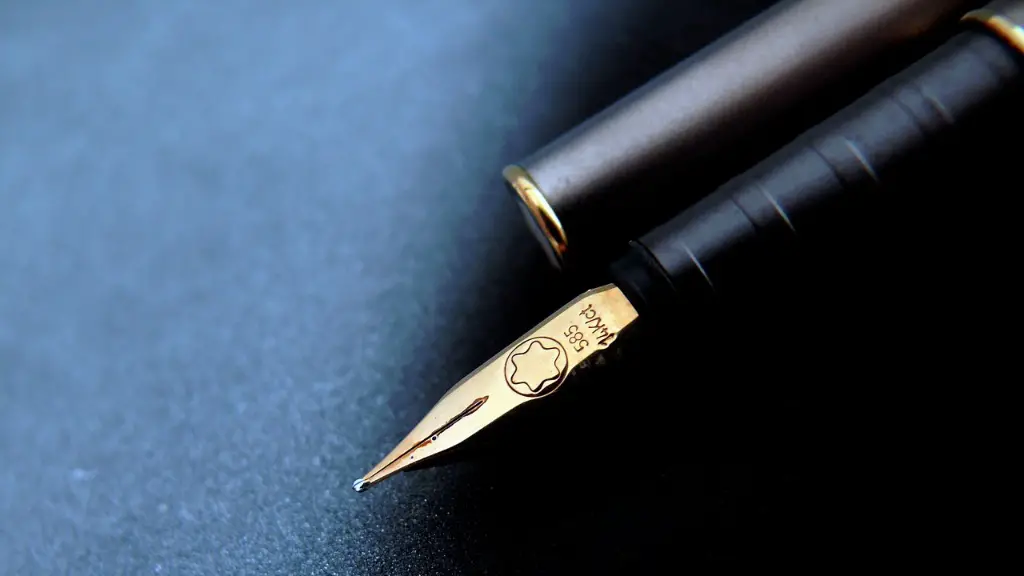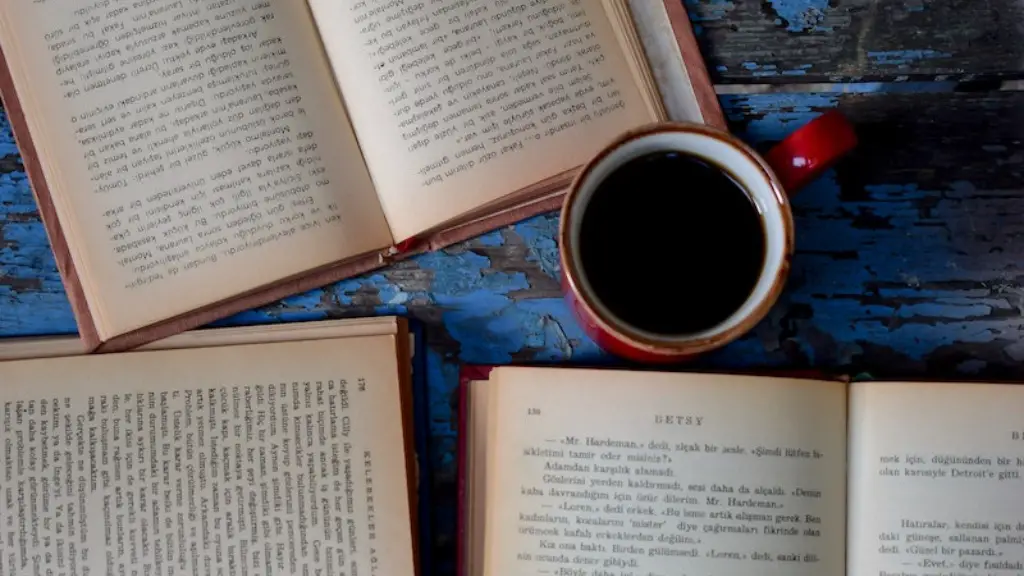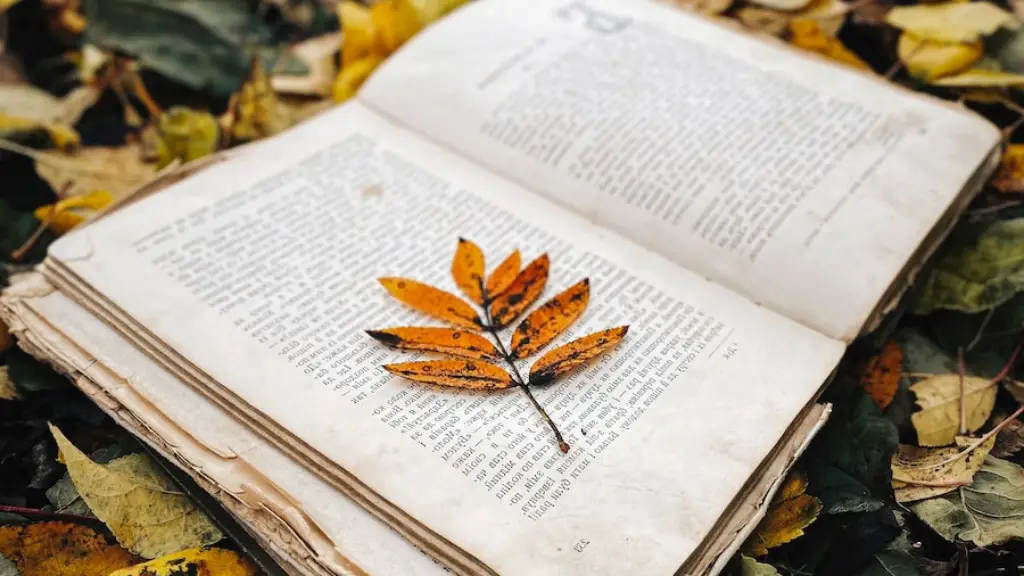Making Poetry Accessible to First Graders
Poetry can be a challenging concept for many adults – let alone children in the first grade – which is why it pays to know how to lower the barrier to entry when introducing this exciting literary form. With a bit of careful preparation and the right approach, first graders can gain an appreciation for poetry beyond the static words on a page.
When it comes to teaching first graders about poetry, most experts recommend deviating from the standard academic approach and emphasizing the interactivity of the subject. Rather than immediately assigning entire poems to memorize, keep the lessons active-oriented. For example, teachers could create a story where the students must utilize their knowledge of poetry to solve a problem or partake in an adventure.
The focus should be on making poetry a pleasure, a game, and an activity. Showcase information about the life and works of poetry authors such as Edgar Allen Poe and William Wordsworth. Explain how these authors wrote about their passions, their hopes, and their struggles.
Have the students write some poetry of their own. Get them to engage their creativity, explore the language of words, and much more. The goal is to get them to appreciate the nuances of language, the possibilities of rhymes, and the stories that unspool when taking a poem letter by letter.
As first graders are entirely new to the concept of poetry, it’s best to keep things simple. Stick to short and straightforward rhymes, with consistent subject matter, structure, and form. If it helps, encourage them to draw or act out some of the scenes described in their poetry.
Expose them to the concept of rhyming, the thesaurus, the dictionary and the idea of established metres. As they begin to understand these components and the mechanics behind them, they will be able to build up their own poetic skills.
Introducing the Versatility of Poetry
One way to make poetry more accessible to first graders is to illustrate its versatility. Show them that poetry is not limited to sonnets and rhyming couplets, but can range from haiku and limericks to epics and longer pieces.
In addition, it’s essential to show them how poetry can be used to express emotions and add extra layers to any story. Give students the opportunity to rework stories, novels and plays into their own poems. Also, don’t hesitate to use non-traditional forms of media to demonstrate the power of poetry. Music lyrics, from hip-hop and rap to folk and country, are simple examples that help show how poetry can be used to captivate, inspire and amuse an audience.
Reinforcing these examples with some of the best-known poetry will further help the students understand the powerful effect that poems can have on language, art, literature, and music. By exploring stories through poetry, first graders can have their imaginations further stimulated, and experience the power of this unique form of writing.
At the same time, it’s important to keep first graders grounded in the fundamentals of poetry. Make sure they understand the concept of a poem being a kind of structured message – something that contains imagery, rhythm and underlying meanings. Above all, stress that like any writing exercise, poetry is a form of self-expression.
Engaging with and Appreciating Poetry
To first graders and young students, poetry can seem daunting and abstract. The key to understanding the importance of this form of writing is to keep lessons interesting, comprehensible, and enjoyable. If done correctly, a student doesn’t have to understand the full scope of a work to appreciate its potential. In essence, the aim should be to ‘open the eyes’ of first graders and help them see poetry for what it truly is.
Encourage them to keep a notebook of their own poems. Suggest they use it to share their day-to-day experiences through verse, using imagery and expression to build their own personal stories. By taking ownership of their poems, first graders will have something tangible to refer to and become more confident in their compositions.
Also, share examples of past works by renowned poets and authors. Improving a student’s understanding of the scope and possibilities of poetry is made easier when there is something concrete and realistic to refer to. When discussing a famous poem, encourage the children to identify the techniques and metaphors used, and to consider what the author was trying to express.
Above all, make sure to give plenty of positive feedback to children when they write or recite their poems. Celebrate when they behave creatively and constructively, and provide gentle advice and critique when needed. With your patience, tools, and words of encouragement, you will soon witness poetry becoming a part of your students’ lives.
Learning the Rhythms of Poetry
Introducing first graders to the concept of rhythm is essential for understanding how to craft and write poems. Demonstrate the value of repetition, rhythm, cadence and other key writing techniques.
One way to teach rhythms is by introducing rhythm instruments, such as xylophones and tambourines. The children can learn key rhythms and sing along to them using nursery rhymes and other simple poems. This is a great way to make poetry interactive (and can be a fun way to end the lesson).
Rhythm is present in all forms of poetry, and is an effective way of teaching children how to understand the flow of language. Get the children to explore various levels of rhythm in the simplest terms. Encourage them to break a phrase or a poem down to its component beats, tapping the syllables and clapping the stresses. This will demonstrate how poets tend to place their words for maximum impact.
Also, introduce the idea of rhythm games, such as ‘Finish the Rhyme’. This is a great way to get the students immersed in the interactive side of poetry. Once the novels, the drawings and the games are out of the way, get them back to the desk, writing their own works.
Bringing Poetry to Life
Rather than assigning a set text to memorize, give students a choice – let them choose a poem or limerick to memorize,depending on their own interests. Once the students have chosen, get them to act out or roleplay what is in the poem or limerick.
The students can create their own props to bring the poem to life, such as a king’s crown or a princess’s tiara. This lets them discover how powerful a poem can be when the story behind it is given life.
When it’s time to perform the poem in front of the class, let them know they don’t need to stick to the exact words. Instead, they can add bits of their own lines and twists to make the recitation more meaningful and personal.
Throughout the process, it’s important to engage with the students and talk their language. Stay aware of their interests and work with them to create their own stories. By engaging on this level and making sure the students have the freedom to experiment, you will give them the opportunity to explore and interact with poetry.
Making Poetry Fun for All Ages
Poetry is a great way to learn about language, enhance self-esteem, move people, and solve problems. To gain the best from first graders, keep the lessons casual, exciting, and interesting. Adapt to the students’ interests if need be. With the right guidance and materials, children who once found poetry complex and inaccessible can come to appreciate the nuances and advantages of this critical literary form.
To keep the process fun, it’s important to keep the momentum and excitement going. Devote time to reading and analyzing the works of famous poets, and to making sure there are no misunderstandings in the material. Always remain willing to answer questions, clear up misconceptions, provide feedback, and encourage the class to create their own original works.
Above, all make sure to celebrate each student’s achievements, in or outside the classroom. When your students start to take ownership of their creative output and share it with their peers, this will be an indicator that your lessons were successful and inspiring.





